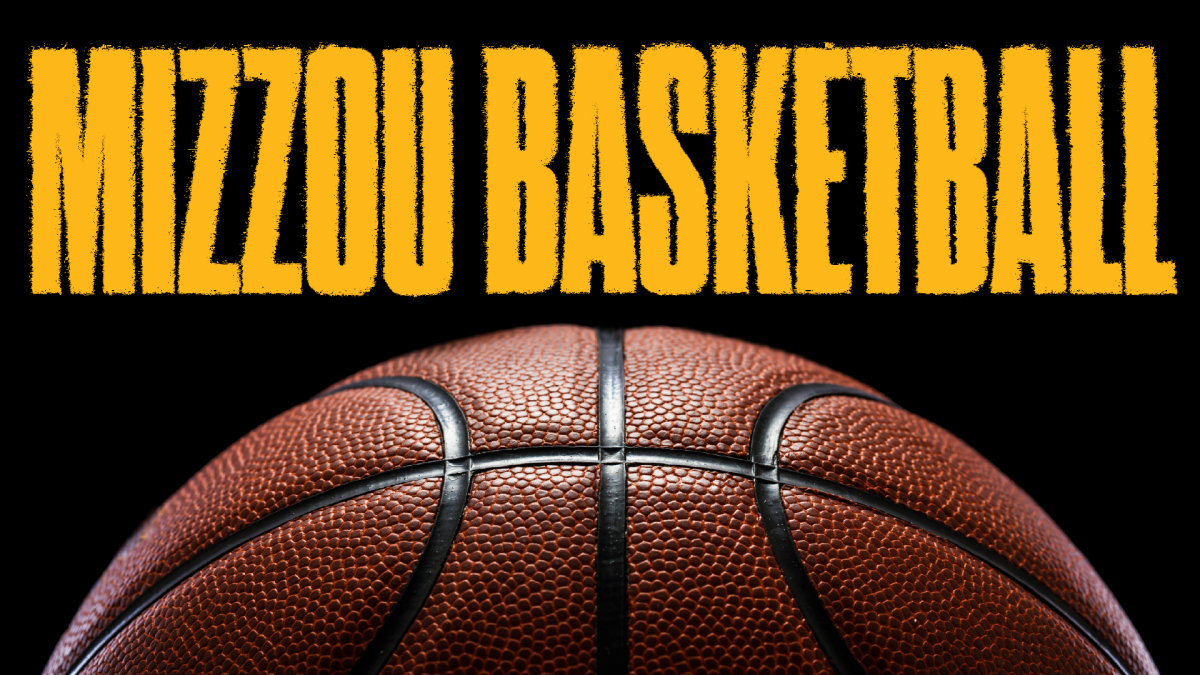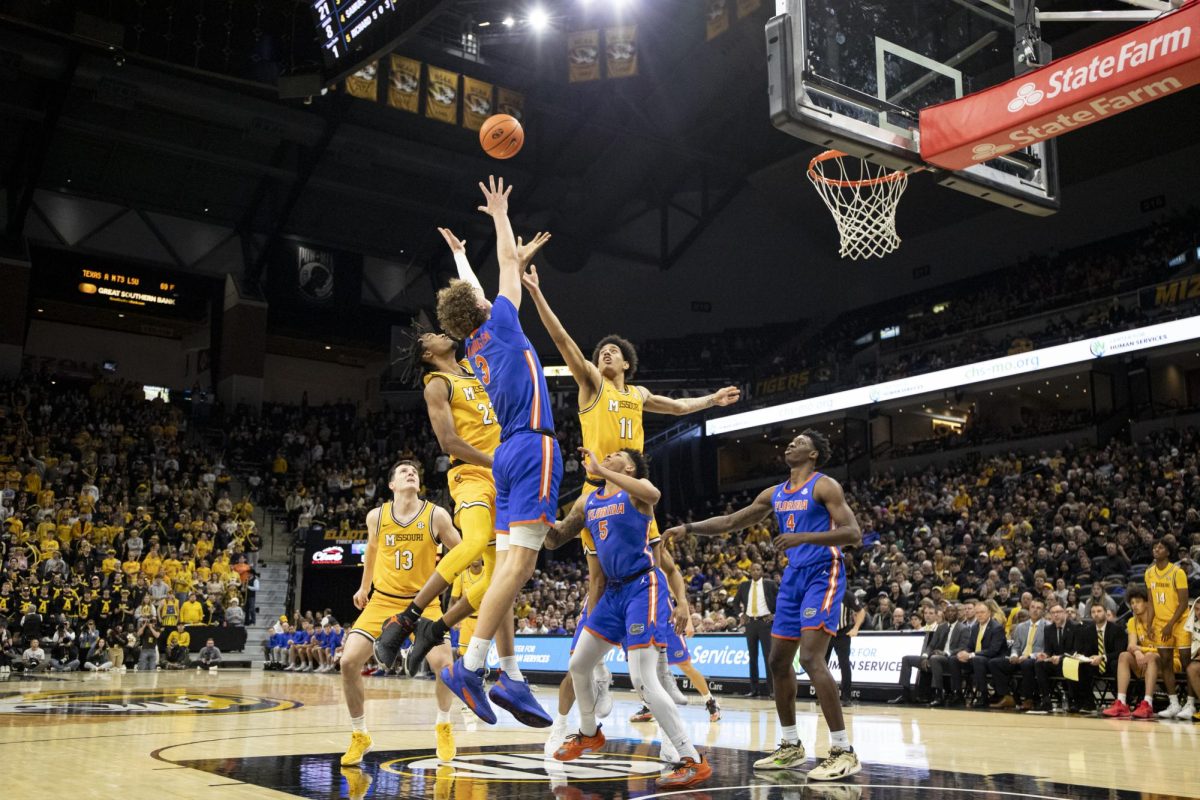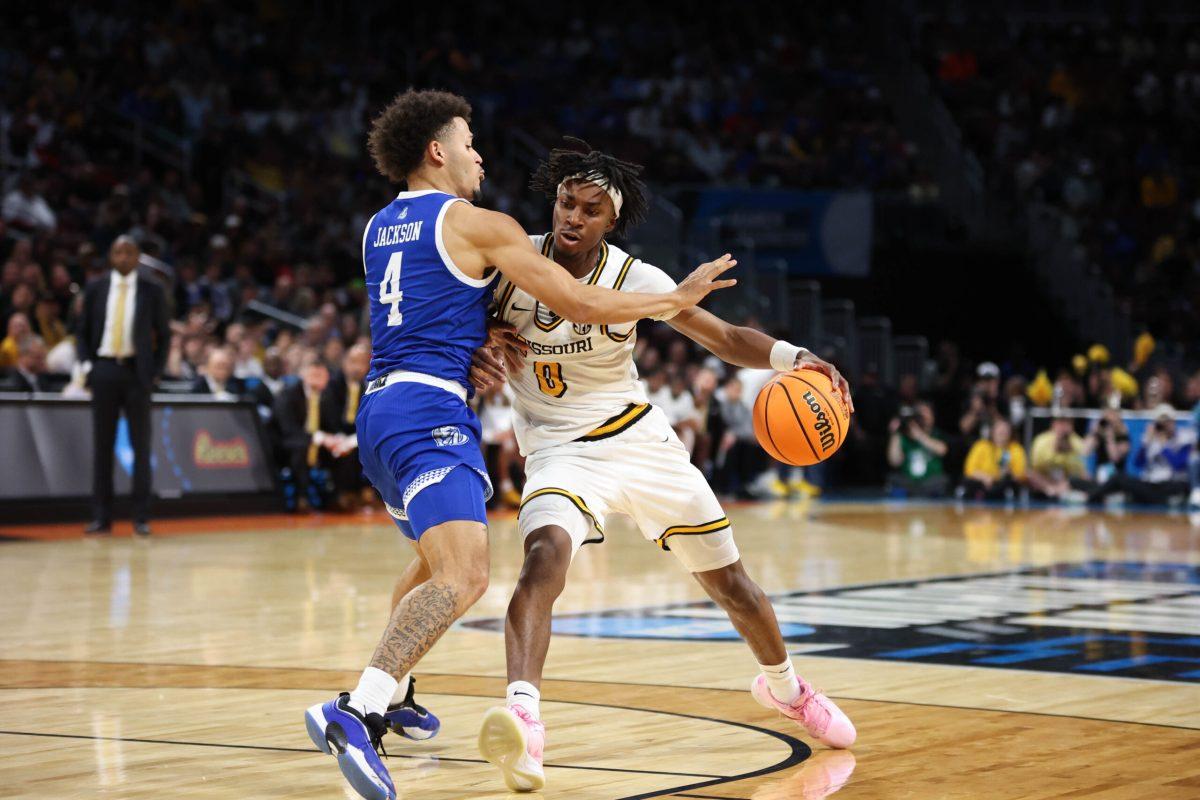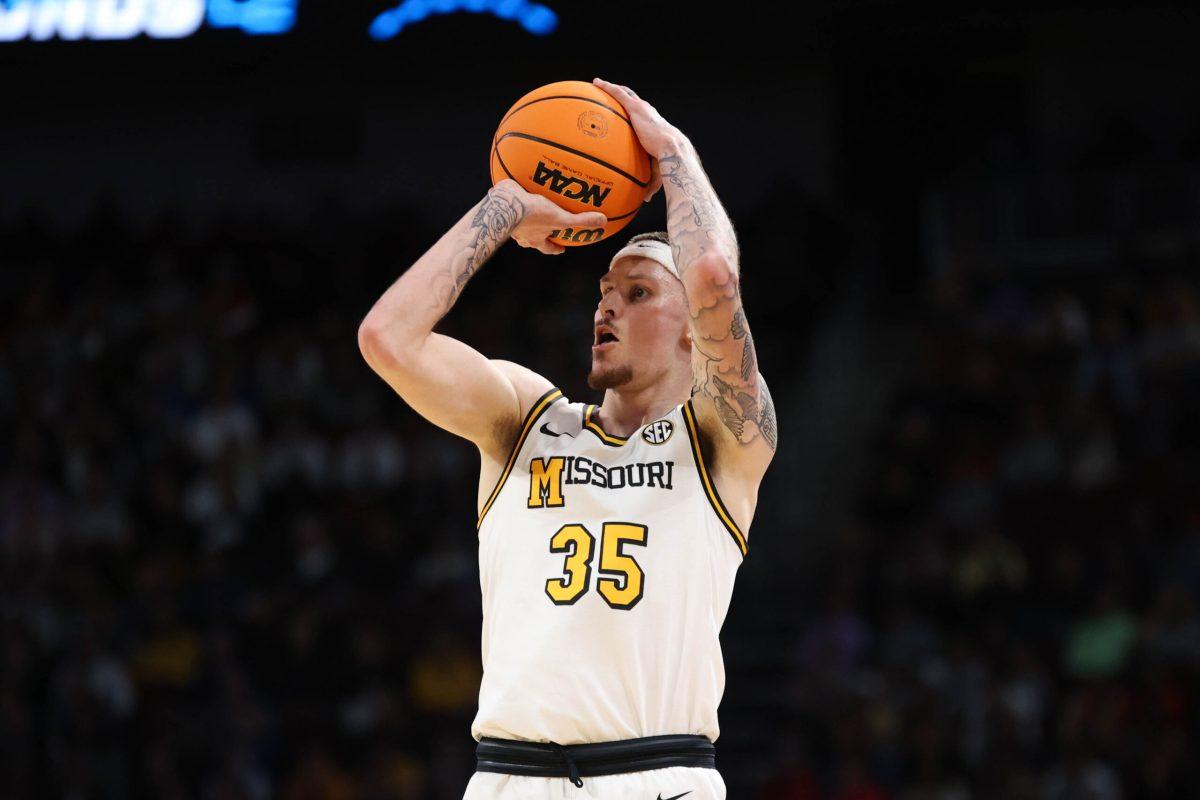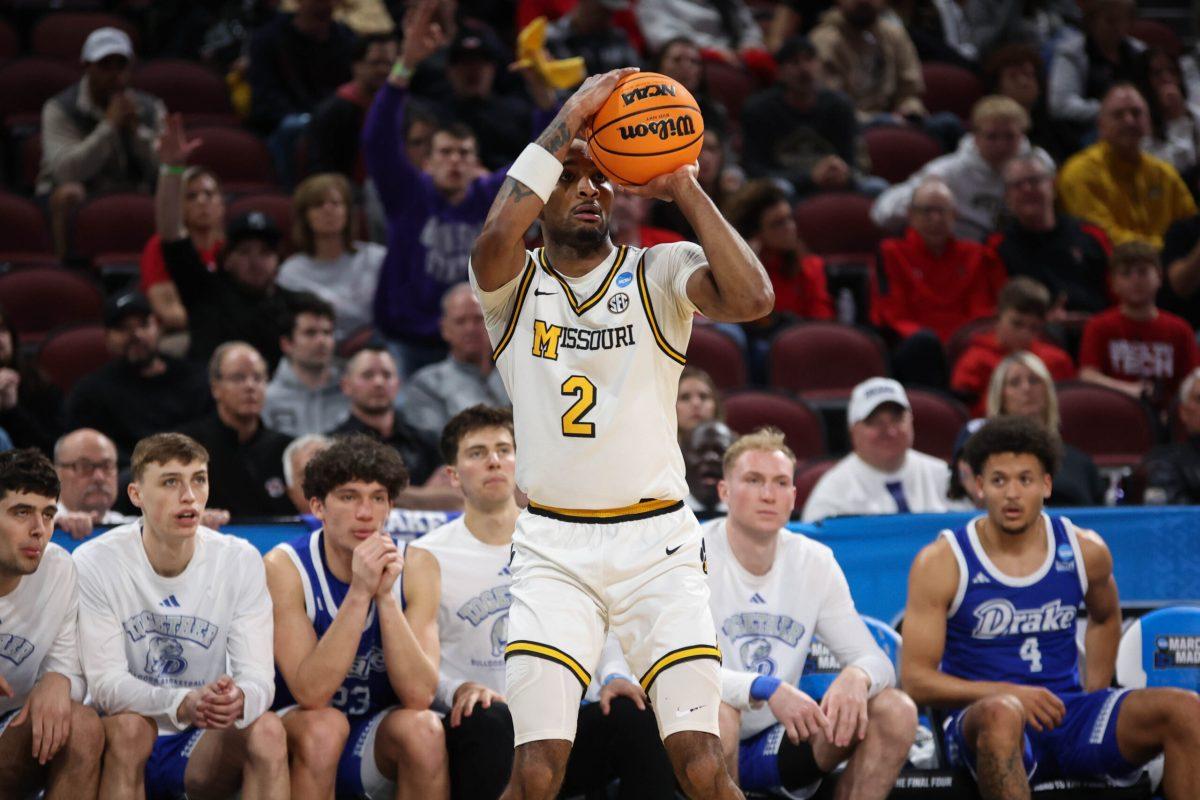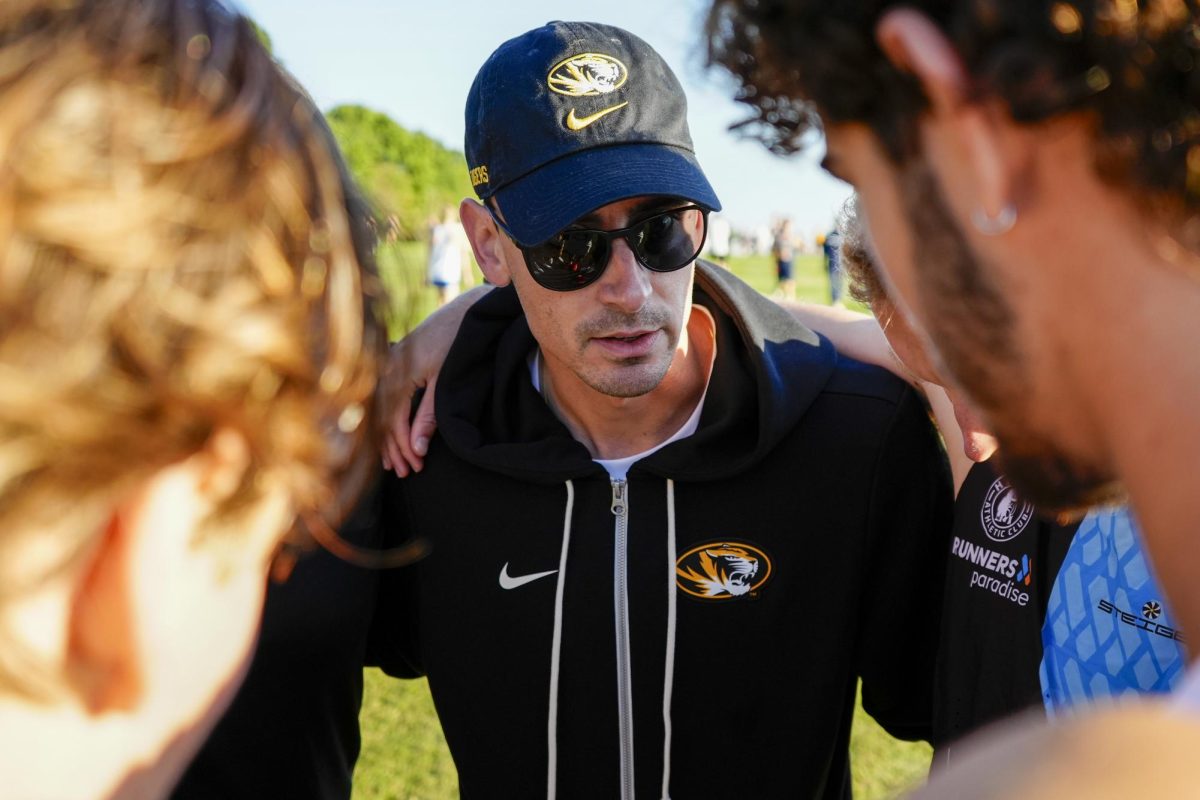There is a flaw in The Fastest 40 Minutes in Basketball.
It has been exposed. Again. And again. And again. Notably on the road.
Coach Mike Anderson has turned Missouri into a Top 25 program where NCAA Tournaments are now expected. But to reach the elusive Final Four for the first time in MU history (the previous 23 NCAA appearances have fallen short), the Tigers must rebound the ball.
Early in the first half Saturday night against Texas, Missouri fell behind 10-0 on the scoreboard and 20-8 in rebounds. There was nary a chance for coming back to win on the road, despite Texas’ mockery of free throw attempts.
Tristan Thompson and Jordan Hamilton were able to grab rebounds despite being blanketed by four Tigers at times, which cannot happen if Missouri wants to win.
The Fastest 40 Minutes mantra is built upon speed and defense. Steals and turnovers translate into points in transition and more shot attempts, respectively, for the Tigers negating the rebounding deficit. However, for teams that can break the full-court press, set up their half-court offense and work the ball inside, Missouri often fouls and/or gives up second-chance opportunities (MU’s Big 12 opponents average nearly 13 offensive rebounds per game). The free throw line has been a refuge for opponents, including Texas A&M, who took twice as many attempts (38-19) and converted 20 more (29-9).
Missouri is a guard-oriented team. Not surprisingly, the Tigers like jump shots. So when little opportunity presents itself in the post, MU resigns to lower percentage shots, which do not spell the recipe for a comeback. Nearly a third of Missouri’s shot attempts in Big 12 play (32.5 percent) are from beyond the arc, although by comparison, only 21.8 percent of Texas’ shots are three-pointers. The Longhorns make 50.5 percent of their field goal attempts, although the Tigers only make 43.2 percent of theirs in conference.
Ricardo Ratliffe’s effect on the 2010-11 Tigers has been invaluable, because he is Missouri’s only consistent, legitimate source of offense in the post. Laurence Bowers can be a human highlight reel at times, but he only grabs offensive rebounds 6.87 percent of the time, compared to Ratliffe’s 12.81 percent, good for seventh-best in conference (Statsheet.com). Missouri’s next best offensive rebounder is Mike Dixon, at 5.1 percent, which should tell you all you need to know.
The disparity in success between Mizzou Arena and the road is not surprising. Missouri doesn’t need to rebound as well at home because they feed off the crowd’s energy when it comes to steals and shooting. It’s easier to convert shots when you know the environment, the backdrops, the rims, etc. On the road, where MU has surrendered its three highest rebound totals and compiled its four worst stealing performances, it’s all about grit and determination. Although the shots may not fall, there’s nothing the crowd can do to help their team grab a rebound. The surroundings don’t matter.
Bowers, Justin Safford and Steve Moore need to collapse into the paint more often, rather than guarding along the perimeter. Although this may result in some more open looks and slow down the Tigers’ motion defense, at the very least it gives the team a better chance to rebound.
The good news is Missouri still has a month remaining to put all the pieces together.


